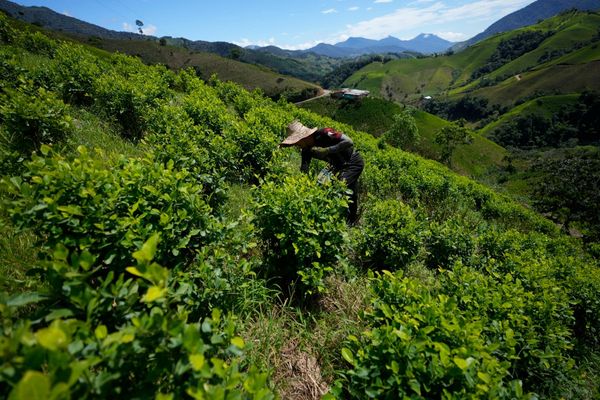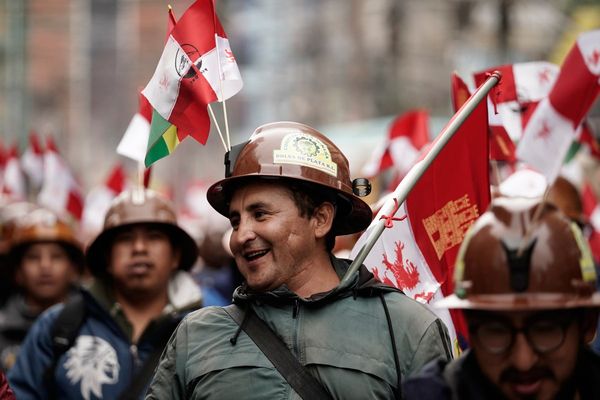
The average amount paid in voluntary fees and contributions by parents with children at public schools has surged by almost 40% in two years, new data shows.
While government schools in Australia are free, they can request parents pay voluntary contributions or donate funding towards the curriculum or extracurricular activities.
The analysis of the latest data from the Australian Curriculum, Assessment and Reporting Authority, provided to Guardian Australia by the Greens, found on average, the total amount parents were paying in public school fees and contributions jumped from $409 in 2022 to $465 in 2023, representing a 14% increase, or $1.2bn in total. This followed a 20.5% increase from 2021 to 2022, with an average of $337 paid in 2021.
Voluntary contributions, while optional, go towards things such as sporting and music programs, stationery, out-of-school care and excursions.
South Australian parents contributed the highest amount in fees in 2023, at $646 a student, followed by Victoria ($592) and Queensland ($439).
The Greens leader, Adam Bandt, will speak at the Australian Education Union federal conference on Friday, where he will accuse the major parties of underfunding public schools for decades and shifting costs on to families struggling with the cost of living.
“In Australia, one in three big corporations pays no tax. $0 tax,” he will say.
“Meanwhile, public school parents are now paying over $1.2bn in public school fees each year, or $465 per public school child.
“Our mission is to make the billionaires and big corporations pay their fair share, so everyone can get the education they need.”
The Greens have pledged to abolish public school fees and charges as part of their education election commitment, with additional funding of $2.4bn over forward estimates to cover the shortfall. Their policy is also for public schools to be fully funded by 2026.
The education minister, Jason Clare, has struck deals with all states and territories, excluding New South Wales and Queensland, to fully fund schools within a decade, while also removing a 4% loophole that allows jurisdictions to claim their total funding share on non-school related expenses like capital depreciation.
Speaking to reporters last week, Clare said the funding would be tied to “real and practical reforms” to improve outcomes among public school students.
“I want to fix the funding of our schools and I want to tie it to the sort of reforms that are going to help children who fall behind when they’re little to catch up and to keep up and to finish high school,” he said.
Bandt will tell the conference that the end of the decade is too soon to wait for full funding, flagging that education will be on the agenda in the case of a minority government.
“Last time there was a minority government, the Greens got dental into Medicare for kids,” he will say. “A minority government is a chance to get things done … this election provides a once in a generation chance to get action.”
In NSW, voluntary school contributions in 2025 are set by the Department of Education at $110 for secondary schools and $51 for primary schools, noting that: “Schools must not deny any student the opportunity to meet syllabus requirements because of non-payment of voluntary school contributions.”
But principals can determine higher contributions in consultation with their school communities, which often vary widely, embedding another layer of inequity in the public system.
At the selective school Sydney Boys High school, where almost 70% of parents are in the top socioeconomic bracket, parents contribute an average of $2,183 in fees, charges and contributions a student on top of government funding and private sources.
Comparatively, nearby Alexandria Park Community school received just $300 a student from parents.
The Greens spokesperson on primary and secondary education, Penny Allman-Payne, said public schools should be free but instead, families were having to dig “deeper and deeper” into their savings, while teachers were also dipping into their pockets to pay for classroom basics.
“When I was a teacher I regularly spent hundreds, if not thousands of dollars of my own salary to give my students the resources they needed, and I know parents do the same,” she said.







